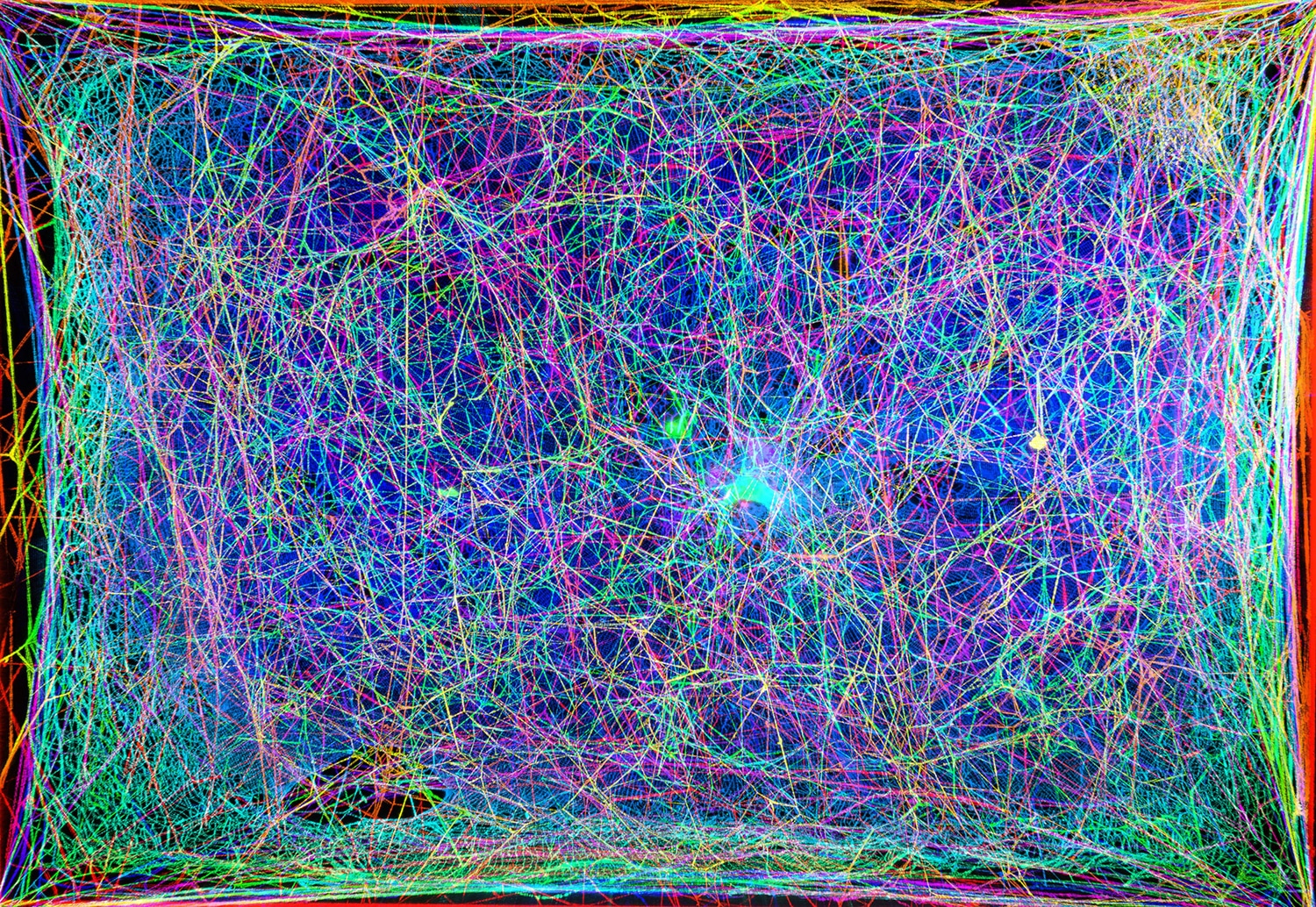
Spiders make their webs from silk, a natural fiber made of protein. The sturdy, stretchy, sticky silks spun by spiders have inspired engineers to develop several tins.
Not only does spider silk combine the valuable properties of high tensile strength and extensibility, but it can also be beautiful in its own right.
Recently, scientists reported that that they have created music from a spider web. They translated the structure of a web into music, which could have applications ranging from better 3D printers to cross-species communication and otherworldly musical compositions.
Spiders can’t see very well: they sense their world through vibrations with different frequencies. These vibrations occur when the spider stretches a silk strand during construction or when the wind or a trapped fly moves the web.
Buehler, who had long been interested in music, wondered if he could extract rhythms and melodies from spider webs. He thought it could be a new source for musical inspiration.
Besides, by experiencing a web through hearing and vision, Buehler and colleagues at the Massachusetts Institute of Technology (MIT), together with collaborator Tomás Saraceno at Studio Tomás Saraceno, hoped to gain new insights into the 3D architecture and construction of webs.
To do so, scientists scanned a natural spider web using laser. They wanted to capture 2D cross-sections. Then, by using computer algorithms, they reconstructed the web’s 3D network.
They then assigned different frequencies of sound to strands of the web, creating “notes” that they combined in patterns based on the web’s 3D structure to generate melodies.
By creating a harp-like instrument, scientists played spider web music in several live performances around the world.
Buehler said, “We made a virtual reality setup that allowed people to visually and audibly “enter” the web. The virtual reality environment is really intriguing because your ears will pick up structural features that you might see but not immediately recognize. By hearing it and seeing it at the same time, you can really start to understand the environment the spider lives in.”
Detailed insights on how spiders build webs were gained by scanning a web during the construction process, transforming each stage into music with different sounds.
Buehler said, “The sounds our harp-like instrument makes change during the process, reflecting the way the spider builds the web. So, we can explore the temporal sequence of how the web is being constructed in audible form.”
“This step-by-step knowledge of how a spider builds a web could help in devising “spider-mimicking” 3D printers that build complex microelectronics. The spider’s way of ‘printing’ the web is remarkable because no support material is used, as is often needed in current 3D printing methods.”
Scientists also explored how the sound of a web changes as it’s exposed to different mechanical forces, such as stretching. They found that when pulling the web apart in a VR environment, the strings’ tension and the sound they produce change. At some point, the strands break, and they make a snapping sound.
The team is also interested in learning how to communicate with spiders in their language. They recorded web vibrations produced when spiders performed different activities, such as building a web, communicating with other spiders, or sending courtship signals. Although the frequencies sounded similar to the human ear, a machine learning algorithm correctly classified the sounds into different activities.
Buehler said, “Now we’re trying to generate synthetic signals to speak the language of the spider. If we expose them to specific rhythms or vibrations, can we affect what they do, and can we begin to communicate with them? Those are fascinating ideas.”
Scientists will present their results today at the spring meeting of the American Chemical Society (ACS).
Continue reading Scientists translated the structure of a spider web into music on Tech Explorist.
0 comments:
Post a Comment